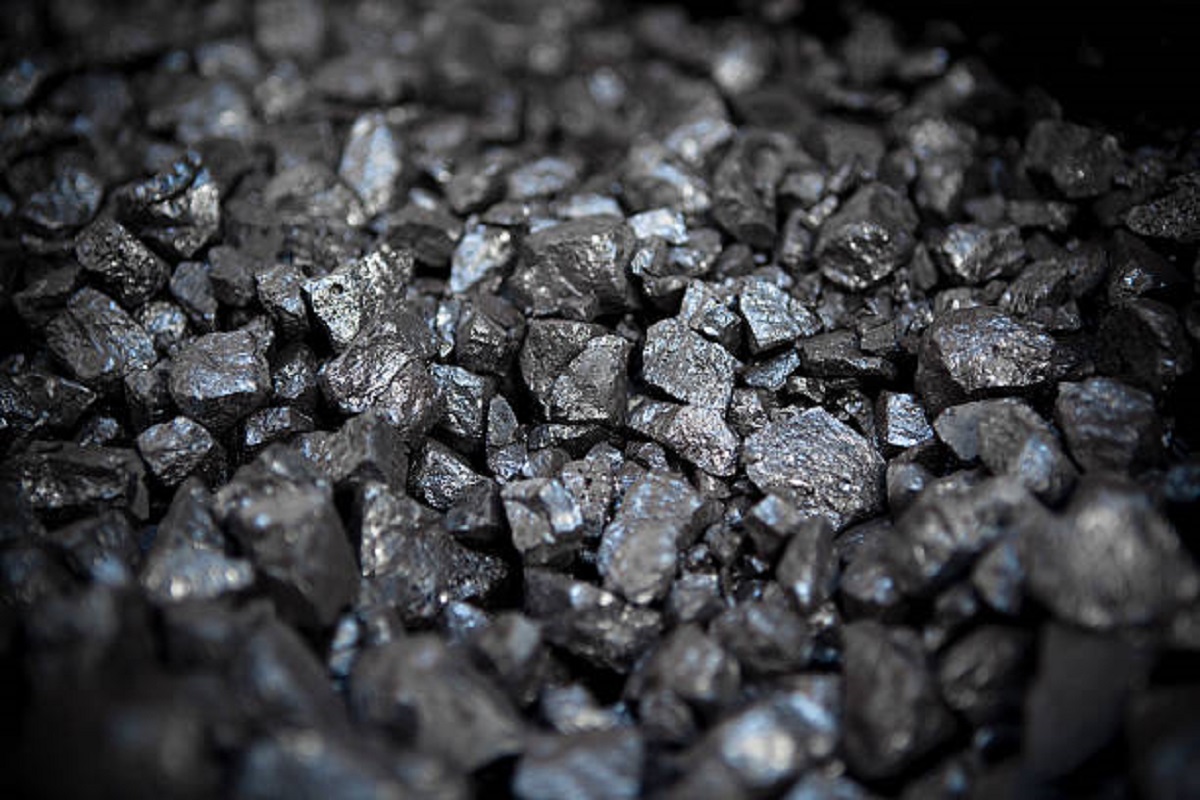The production of direct reduced iron (DRI), also known as sponge iron, registered a compound annual growth rate (CAGR) of 8 per cent in India to 51.5 metric tonnes (MT) in fiscal 2024 from 34.7 MT in fiscal 2019, outpacing the 5 per cent growth in crude steel output, a report showed on Monday.
India is the largest DRI producer in the world with its production set to rise above 75 MT by fiscal 2030 from 51.5 MT in fiscal 2024, according to a Crisil report.
Advertisement
Small and mid-sized players accounted for 71 per cent of domestic DRI production in fiscal 2024, with large players accounting for the rest.
Demand for DRI comes from long steel manufacturing. The share of long steel production rose from 51.5 per cent in fiscal 2019 to 54.8 per cent in fiscal 2024 driven by construction and infrastructure activities.
“That said, the trend is likely to reverse over the next three years as the share of flat steel production is expected to rise with large players enhancing their capacity through the blast furnace-blast oxygen furnace (BF-BOF) route,” the report said.
In absolute terms, though, production of long steel is likely to be higher than that of flat steel, it added.
Domestic DRI production depends mainly on raw materials such as iron ore fines/pellets, coal and natural gas.
India produces almost 80 per cent of sponge iron through the coal-based route and the rest through the gas-based route.
The country is self-sufficient in terms of iron ore and imports 30-40 per cent of its coal requirement from countries such as South Africa and Indonesia.
Iron ore production, at 277 MT in fiscal 2024, is expected to clock a CAGR of 7-9 per cent over the next five years. Moreover, pellet production is likely to rise on the back of increased capacity and demand from the crude steel sector, the report mentioned.
Thermal coal supply has increased since fiscal 2024 and is expected to rise further with additional supply from Coal India Ltd











